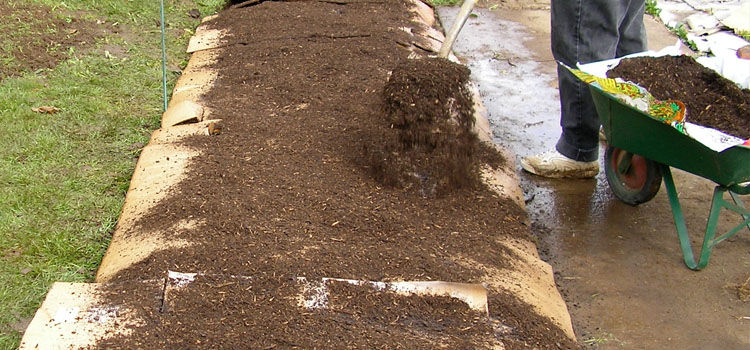Common Plant Pests Found In Your Home & How To Deal With Them
- AllotMe

- Feb 19, 2021
- 3 min read
Caring for plants in your home can be easy or hard depending on whether you define yourself as a Greenfinger or a ‘Plant Killer’.
Whilst lack of care can often be the cause of a plant’s early demise, there are other foes to your natural friends besides yourself. We’re talking, of course, about the creepy crawlies of the insect world.

Common critters, and how to stop them
Aphids / Greenflies
These are perhaps the most rife inspect pest commonly found on house plants or fruit and vegetable plants.
The bugs are usually sitting grouped together on the underside of your plant’s leaves. They have a white / pale green appearance, about half the size of a grain of rice, but still quite visible to the eye.
Aphids harm your plant by sucking out the sap from the leaves which eventually drains the plant’s nutrients. They can spread easily if you have a few plants sitting next to one another so be careful of aiding their infestation.
Remedy:
The best natural fix for a greenfly infestation is to find a few of ladybugs from the garden and let them feast on the aphids! You can also order swarms of ladybugs if you’re struggling to find any nearby.
For a quick but riskier approach you can take the affected plants outside and give them a blast of the hose until the aphids fall off. This may need to be repeated several days in a row, and you will need to be careful not to damage your plant. Not advised for young or delicate plants.
Another method is to spray your plant with a soapy water mix. This makes the plant difficult to hold on to for the aphids, but will likely take a few attempts to clear the infestation. Wiping them off with your finger or giving them a squash under your thumb can also work, but may be time consuming (and not so nice for the squeamish).

Spider Mites
These are incredibly tiny bugs, and not typically visible without a magnifying glass. A sign that you may have spider mites is usually a loss of the naturally bright green colour of your plants, changing to a brown or desaturated appearance. You may also see webbing to the underside of the leaves, or even brown dots starting to appear.
Spider mites multiply fast (usually every few days) so if you spot signs on one plant, be sure to take action quickly and isolate the plant.
Remedy:
Wash your plant thoroughly, and keep it isolated from others. The key to getting rid of spider mites is to keep the plant in very humid conditions. In a bathroom, or a room with a humidifier. If this is not plausible, then be sure to mist or spray your plant regularly to manufacture humid conditions, as the spider mites prefer a dryer setting.

Mealybugs
Mealybugs are small, white, scaly bugs that can be found on anything from vegetable plants to household succulents. They’re often hard to find as they hide in odd nooks and crannies on the infested plant in clumps of a white cotton-like, texture. This appearance is partially the bug itself, and partially the waxy substance they secrete which helps them cling to your plant.
They can be difficult to get rid of as they tend to move around (although slowly) and breed at an incredible speed. Females can produce 600 eggs which can hatch in as quickly as 1 week.
Remedy:
The most straightforward way to get rid of Mealybugs is to dip a Q-tip / cotton bud in alcohol and dab it onto the bugs themselves and surrounding area. The alcohol will kill the bugs upon direct application.
Once there is no sign of the Mealybugs, you can coat the plant with a generous layer of neem oil, which will prevent their return.
If, however, the mealybugs persist then you can introduce a natural predator - the aptly named Mealybug destroyer (Cryptolaemus montrouzieri), or lacewings.

General tips to help avoid attracting insect infestations on your plants:
Inspect your plants before buying them if you have not raised them from seed. Look under the leaves in particular, or any crevasses for potential unwelcome guests.
Clean any pots before using them. If like us, you tend to have a few pots sitting in a garden shed, then its always worth giving them a good clean before housing new plants in them. The same can be said for compost - if you’re keeping your plants indoors, then avoid using compost from a bag that’s been sitting outside as it will likely have attracted some creepy crawlies.
Isolate new plants before introducing them to your living room. If you’re buying plants from a flower market or garden centre, then it’s worth keeping them separated from your existing brood for a week or so. During this period you can inspect the stems, and undersides of the leaves for signs of common insect pests.



Comments